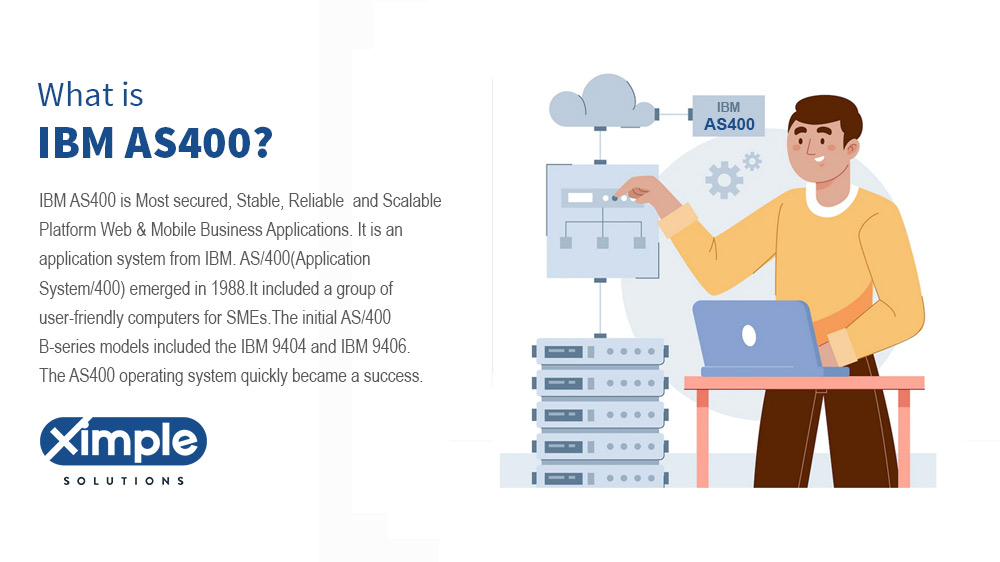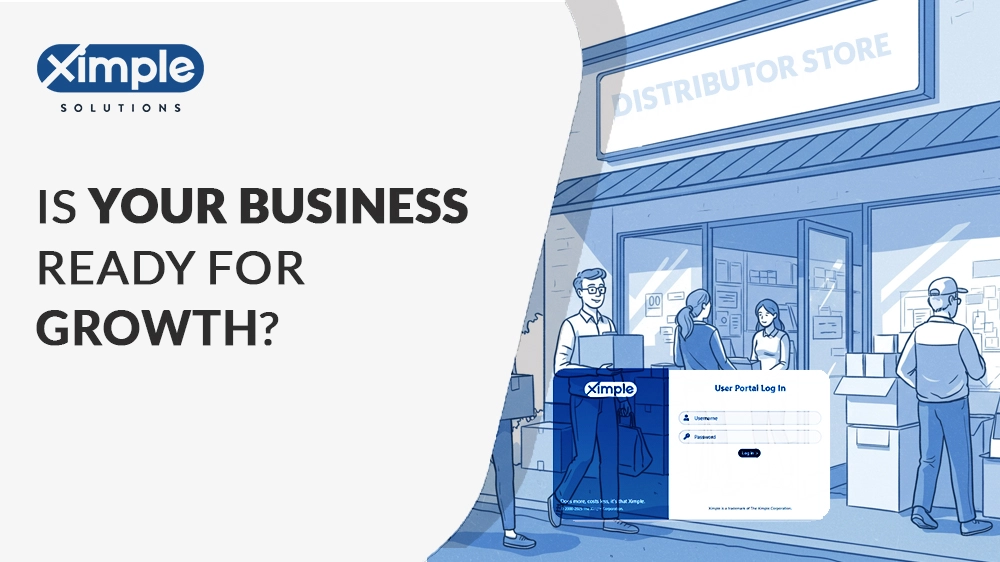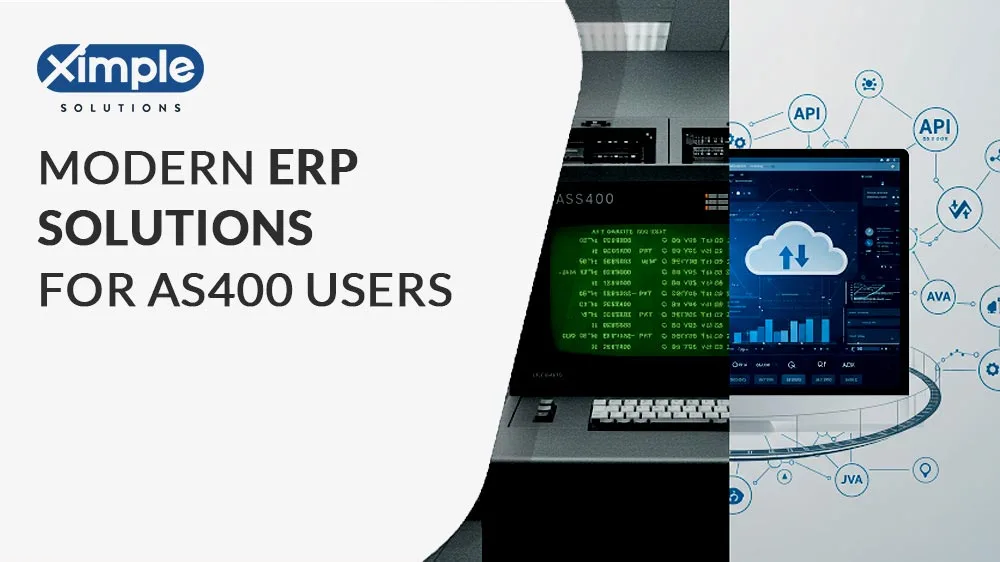Scenario Planning: Strategy, Steps, and Examples

This article on scenario planning is useful for business managers, decision-makers, and anyone interested in risk management and forecasting future events for businesses. It provides an overview of the scenario planning process, steps involved, scenario planning tools, and examples of scenario planning. It also outlines the pros and cons of scenario planning and the importance of scenario planning for businesses.

Scenario planning is an integrated approach to risk management for businesses. Besides helping the manager forecast cash flows and profits, scenario planning enables them to predict future situations. It is ideal for determining the impact of known and unknown events. As a decision-making tool, scenario planning can let us develop disaster preparedness plans based on forecasted outcomes.
Scenario planning goes beyond the identification and mitigation of business risks. It supports business expansion and growth programs. Based on the current demand and supply forces, a company can visualize its performance in the future. Although developed by the US military, the scenario planning process and tools support countless global companies.
Table of Contents
Scenario planning process
The scenario planning process may vary based on the type. There are four different scenarios you can predict and plan. These include quantitative, strategic management, operational, and normative. The process features a series of steps. We will discuss this under the next subtitle.
Essential Steps for Scenario Planning
The scenario planning process has six steps. We will discuss them below.
Step One: Brainstorming
Brainstorming is when you predict future events based on your past experiences. So the first step is to determine a time frame for your future scenarios. For instance, you can choose to create a five-year scenario. In this case, you should use the past five years as your reference point.
What things occurred in this past period, and how did they affect your organization? The odds of the same events happening in the next five years are high. Several factors come into play when brainstorming potential scenarios for a business. Some include technology changes, increased rivalry, product lifecycles, and political situations.
Step Two: Pinpoint the causes and trends
What drove the occurrence of the events you identified above? Likely driving forces and trends could be workers, stakeholders, competitors, suppliers, consumers, government, etc. After identifying the driving forces, analyze them one by one. Consider their current actions, interests, and positions. It is necessary to seek advice or assistance from professionals in technical areas.Â
Step Three: Design a template
Find the macro-environment sources of the causes or driving forces you identified above. These forces may originate from technology and innovation, political climate, economic situation, consumer behavior, and the company’s competitiveness and abilities: separate high-predictable and less-predictable causes and their likely effects.
Step Four: Create a scenario
Investigate the current trends in the market before creating a scenario. Hence, choose a condition and develop it using the facts you have gathered. Classify your touchpoints and make your scenario revolve around them.
Step Five: Review the scenario
A systematic evaluation of your scenario is necessary. Creativity, knowledge, and expertise are all vital when reviewing the scenario. Think of any factor that could affect the issue at hand. There will be uncertainty in your predictions, but past knowledge and experiences can help.
Writing sensible questions is the best way to forecast and review your scenarios. These questions can be about future price changes, consumer reactions, technology growth rate, and changes in government regulations.
Step Six: Implement the scenario and make amends
Your scenarios rely on predictions. However, a few months after implementing them, you will capture actual data as the market trends shift. Hence, upgrade your business strategies for which you built the scenario based on actual data. Update these strategies periodically as the macro-environmental factors affecting the market conditions change.
Scenario planning tools
As we noted earlier, scenario planning allows you to prepare for future events. You can also plan for the future based on past occurrences. Scenario analysis helps organizations keep pace with the changes in the micro and macro environments. But, they need special tools.
These are usually in the form of software. There is scenario Analysis software already. It only does scenario planning and not anything else. The scenario modeling software can eliminate human error by automating the prediction process. It is an agile tool that helps you answer different What-if questions.
With it, managers can understand the impact of market changes on revenue, cash flows, and other financial elements. Other tools for carrying out scenario planning include the following:
- Customer Relationship Management software can provide necessary data for scenario analysis. For instance, it can provide sales data for a particular period and allow you to analyze trends and factors that could influence sales.
- Market automation software – In the scenario planning steps, we mentioned that market surveys are essential. With a market automation software tool, you can simplify your research. For instance, you can evaluate your market campaigns to identify the most profitable ones. At the same time, you can spot the less profitable ones and discontinue them. With this tool, you can set the best marketing budgets.
- Human Resource Information System – The HRIS software is a human capital database. It stores every piece of data you would like to know about your employees. Employees propel your company forward and feel the impact of top management’s decisions. In scenario planning, you need to gather accurate employee data from the HRIS to make scenarios that address recruitment and retention issues. Scenario planning focuses on the financial impacts of events. In this context, it may help answer What-if questions about the onboarding costs, the cost of losing a valuable worker, or the employee turnover rate.
Scenario planning examples
Organizations had to change their scenario planning tactics after the 2020 COVID-19 disaster. Countless organizations were stable and profitable before the pandemic. All that changed suddenly, as lockdowns and border restrictions emerged everywhere. Considering that most companies had not foreseen such an enormous disaster, some did not survive the aftermath. The survivors had to begin their scenario planning afresh, considering what had just happened.
That included creating a new set of mitigation tactics and finding ways to stay afloat in future disasters. Older companies had higher chances of survival even without any scenario planning because they had seen the Great Recession of 2008 and similar past occurrences.
With reduced warehouse operating capacity due to social distancing, delayed shipments and accounts receivables, and massive losses, scenario planners only managed to stay ahead of market trends by studying data from the government and different industries.
Scenario Planning Pros and Cons
The following are the pros and cons of scenario planning:
Pros
- Scenario planning helps decision-makers predict future events from past ones
- It helps the financial accounting department make near-accurate estimates about future prices, customer behaviors, market forces, etc
- Allows companies to predict future disasters and develop strategies for business survival and continuation
- It creates a knowledge base that managers can rely on when they need to save the company without its shareholders.
Cons
- Scenario planning is a complex, expensive, and lengthy process. The data collection step can be time-consuming if the company is huge.
- Requires constant updates and reviews as the market forces change.
Scenario planning software
We talked about the scenario planning software earlier. It is the tool that could give your planners What-if solutions. The scenario analysis software saves time as it carries out human tasks in a fraction of a minute. The software analyzes a situation’s impact using the most relevant metrics, including ROI, strategic yield, payback, cost, etc.
With the software’s intuitive wizard, your team can define the scenarios and choose the best portfolios to add to the analysis. You can select the best scenario analysis timeframe and quickly share the outcomes across departments.
FAQ
Why Is Scenario Planning Important?
Scenario planning can enhance your competitive advantage. It allows you to decide and respond faster to a crisis. After the problem, the managers need only peruse the documented actions and solutions to save the business.
Scenario planning gives the chief finance officer and other stakeholders the framework for making perfect decisions during an emergency or at any time. It enables them to brainstorm future events using historical data and metrics.
What is the purpose of scenario planning?
Scenario planning allows a business to prepare for future problems or events by predicting and solving them before they occur. It is a multipurpose business management tool.
Conclusion
Scenario planning is an important tool for businesses to prepare for future events and potential risks. It involves a process of brainstorming, identifying causes and trends, designing a template, creating a scenario, reviewing the scenario, and implementing it. Various tools, including scenario planning software, can be used to facilitate the process. While scenario planning has its pros and cons, it can provide decision-makers with a knowledge base to make informed decisions and respond quickly to crises. Overall, anyone interested in risk management and business strategy could benefit from scenario planning.






